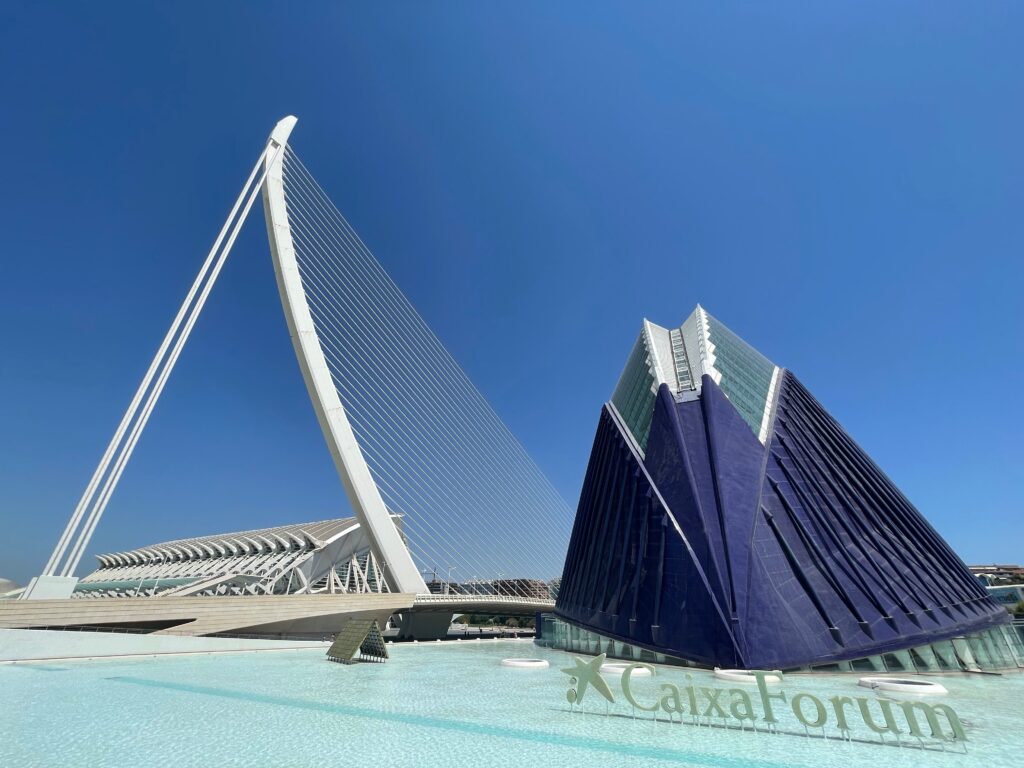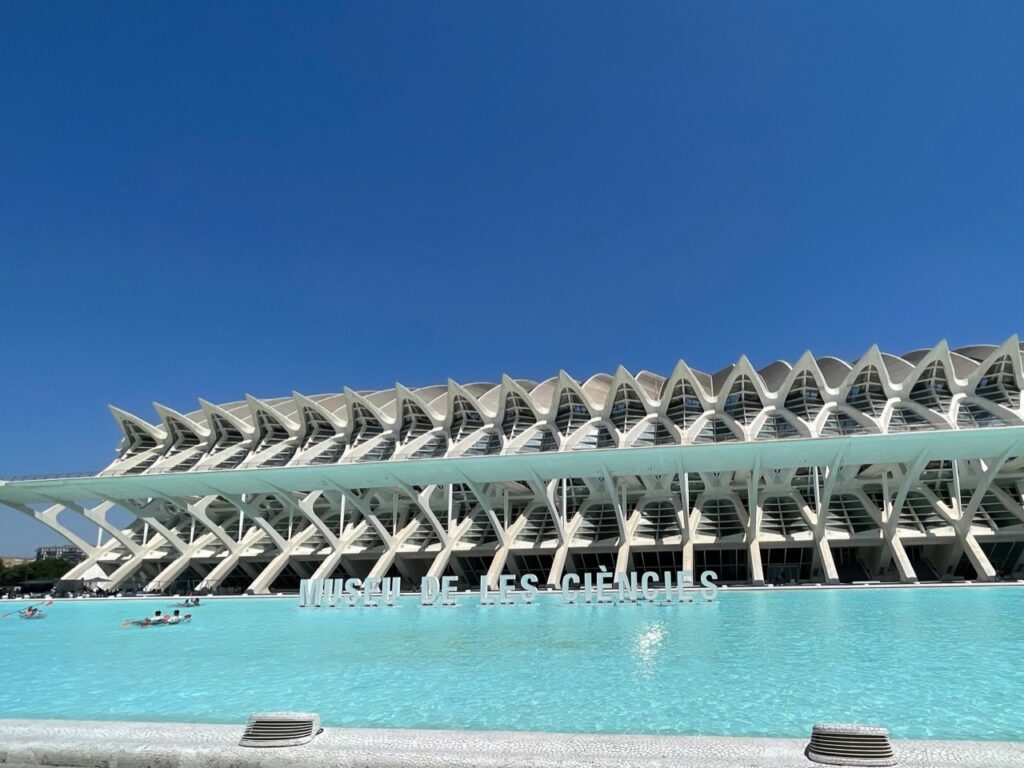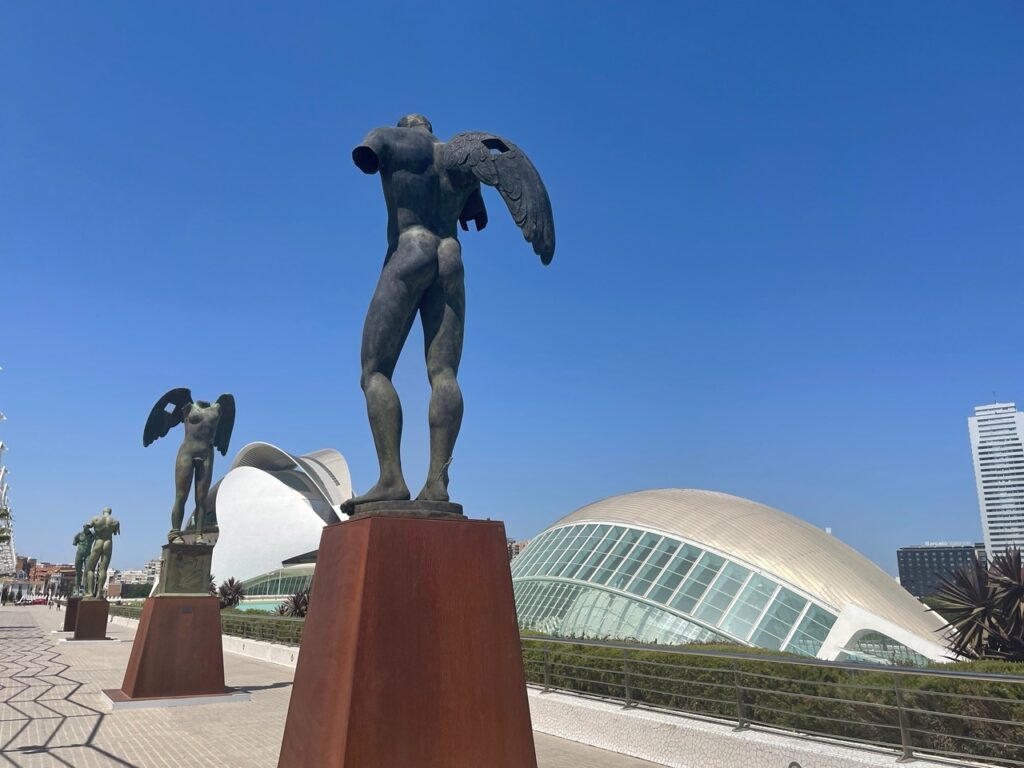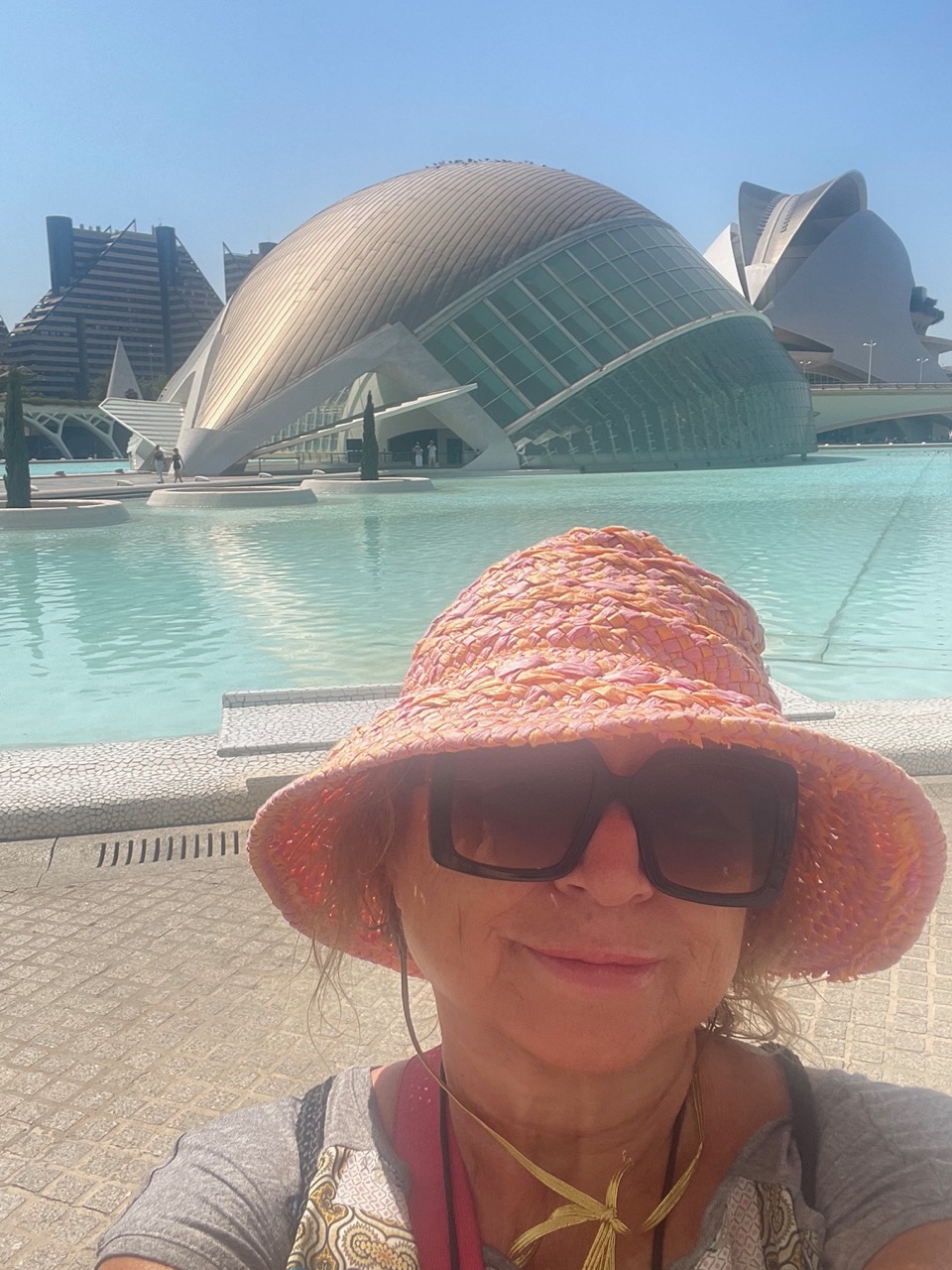Blog / Valencia 2022

Valencia 2022
HOLA – just now Spain and Valencia
Successful city branding
Why do tourists like Spain?
According to the World Hotel Index, in 2022 in Europe Spain and Portugal are the countries that have raised their tourism industry the most, growing in 2022 in comparison to prepandemic 2019 respectively 106% and 108.6%, with the world average by 94.4%. More than 57% the reservations in Spain were made by foreign tourists. Spain is lucky that many of the flagship cities like Barcelona or Valencia offer sun, sea and a variety of architecture and culture.
Valencia – World Capital of Design 2022
A great destination is Valencia, which was declared the World Design Capital in 2022 by the World Design Organization. Since 2008, the organization appoints one city every two years; So far, 3 European cities have been awarded – Turin in 2008 as the first city, Helsinki in 2012 and Lille in 2020. The selection criterion for the World Design Capital is the recognition of city activities that use design as a tool supporting economic, social, cultural and environmental development.
When applying for this title, Valencia declared that the city uses design in architecture, in culture, in the way public space functions, in industry and in the services offered, creating value for both city residents and tourists. The best example of using design is the City of Arts and Sciences (in Spanish – Ciudad de las Artes y las Ciencias)) with futuristic, designer buildings, a bridge that residents call the “District of the Future”.

Another example of designer and futuristic thinking and actions of the city authorities is a world-unique project to redirect the waters of the Turia River to create the Turia Gardens (Jardines del Turia in Spanish) – a seven-kilometre green belt with parks creating green lungs surrounding the city. This bold and innovative project contributes to the sustainable, resident-friendly development of the city.
Valencia – the futuristic City of Arts and Sciences
The modern architecture complex called Ciudad de las Artes y las Ciencias in Spanish is a few buildings where they are located – an oceanarium, a science museum, a meeting room, an opera and theatre building, and a public space (including huge reservoirs) used for meetings, concerts and exhibitions.

The idea of creating such a place was born during the visit of the Valencian authorities in 1989 to the City of Science and Industry in Paris, the decision to build a similar centre was made immediately after the visit, and the first construction works began 5 years later in 1994.
The complex was mainly planned by the architect Santiago Calatrava, born in Valencia, a world-famous architect, urban planner and civil engineer, and architect Félix Candela, known for creating shell-shaped buildings. The City of Arts and Sciences was built very quickly. The first L’Hemisfèric building was commissioned two years after the approval of the project in 1996. The budget of EUR 300 million planned in 1991 for three buildings was exceeded three times, as further facilities were planned during construction.
In 2022, the complex includes the following buildings:
1 / L’Hemisfèric (1998). The structure of the building resembles an eye, symbolizing knowledge and wisdom. It houses a planetarium and an IMAX cinema.
2 / Museum of Science (Museo de las Clenias Príncipe Felipe, 2000). The whale-skeleton-shaped building designed by the head architect of Santiago Calatrava is home to an interactive science museum. The motto of the museum is “It is forbidden: not to touch, feel or think”.
3 / L’Umbracle (2001) – an open-air art gallery in the form of a small park with typical plants and trees of the Valencian region, displaying works by contemporary sculptors. (There is a promenade along the park with open-air exhibitions (an exhibition of sculptures by Igor Mitoraj in 2022).
4 / Oceanarium (L ”Oceanigrafic, 2003) is the largest facility of this type in Europe. A water lily-shaped building, each part of the building (lily petal) represents a different ecosystem – the Mediterranean Sea, tropical water areas, Antarctic areas, the Red Sea and wetlands. The facility was designed by Felix Candela.
5 / Center for Performing Arts Queen Sofia (Palau de les Arts Reina Sofia, 2005). The remarkably shaped building measures 40,000 square meters, has 14 aboveground floors and 3 underground floors; the halls of the facility can seat 4,000 spectators. The world-famous Spanish tenor Placido Domingo has been involved in the creation of a curriculum for young singers from the very beginning of the opera’s operation.
6 / Bridge Puente de la Presa del Oro (2008) also designed by Santiago Calatrava. A suspension bridge with a modernist structure, cable-stayed with one pylon, resembles a white harp, while residents call it El jamonero because it resembles a ham machine. The bridge that stretches over the Gardens of del Turia with its curved pylon 125 meters high is the highest point in the city.
7 / L’Àgora (2009) – a multi-purpose building from sports events to corporations and conferences in the shape of a dark blue shell with a glass roof in the shape of a spine skeleton.
This year, the city has organized a great exhibition of works by Polish sculptor Igor Mitoraj – 15 sculptures are placed between futuristic buildings, some of them are located on the water in the pools surrounding the buildings. The spectacular surroundings of the City of Arts and Sciences make viewing the works of a world-famous sculptor an unforgettable experience.


Did it pay off to spend so much money for the City of Arts and Sciences
Undoubtedly yes.
Economic benefits
First of all, the economic benefits – the city’s authorities announced that in 2019
the complex has brought 113 mio. euros of income creating 3 509 new working places. Second benefit – creation of positive image of Valencia as attractive city to visit and to live that turned out into financial and reputation benefits.
The prestigious role of being the 2022 World Design Capital
Valencia has been named the World Design Capital for 2022 which is a recognition for the city offering design architecture and urban solution sustainable and inclusive. This award expresses a soft power of the city and creates an attractiveness for investors, which translates into financial benefits.
National treasure of Spain
The construction of the City of Arts and Sciences was appreciated not only by tourists but also by the Spaniards, who in the competition aimed at selecting the 12 most important cultural treasures in the country (12 Tesoros de España) indicated – next to the Sagrada Familia in Barcelona, the Guggenheim Museum in Bilbao, the Cathedral of Cordoba, The Cathedral of Seville, the Alhambra in Granada, the Cathedral of Santiago de Compostela, the Romanesque theatre of Merida, and the Basilica of Zaragoza, this modern design complex. The study was carried out in 2007, when not all buildings in the complex were built (see the list above), which proves that even at the initial stage it was highly appreciated by the Spaniards.
More art and more tourists
In the year of its role as World Design Capital, Valencia offers many cultural and artistic events that show the importance of design in building the substance of the city. For example, the Museum of Fine Arts organized two exhibitions; the first is devoted to floral design on clothes and the provenance of this craft in Valencia, the second is devoted to women in painting and female painters. Both exhibitions present a given phenomenon in art in a very interesting way in the broader cultural and social context of Spain. Entry to the museum, which also contains very interesting collections of Spanish paintings, is free.
Above mentioned exhibitions as well as the open-air exhibition presenting 15 sculptures of Polish sculptor Igor Mitoraj in the City of Arts and Sciences, in a spectacular setting – futuristic architecture placed on the water, are events that attract art lovers to the city.
Summarizing the strategy of building the image of Valencia – both its place in the rankings as well as the financial data indicate that the branding strategy adopted by the city that highlights not only the historical heritage of the city or the reputation of the city of beautiful beaches, but also builds a new identity of the city of modern architecture and urban sustainable system paid off. Being the World Capital of Design in 2022 is well deserved, and the city’s development strategy can inspire other cities.
Dr Wioletta Małota

Dr Wioletta Małota is an expert in the field of intercultural communication as well as management and negotiation in a multicultural environment. He conducts trainings for organizations for managers and teams on how to work in multicultural teams.Her passion is observing and analysing cultural phenomena in various societies. She loves traveling, modern and post-industrial architecture, photography and cinema. It promotes conscious traveling.
She shares her knowledge as a lecturer at Collegium Civitas in Warsaw teaching intercultural management and negotiations as well as country and city branding. She is the author of a book on South Korean society “South Korea Economy, Society, K-Culture”.
Contact: [email protected]